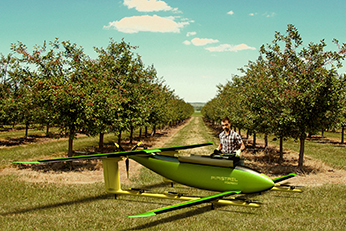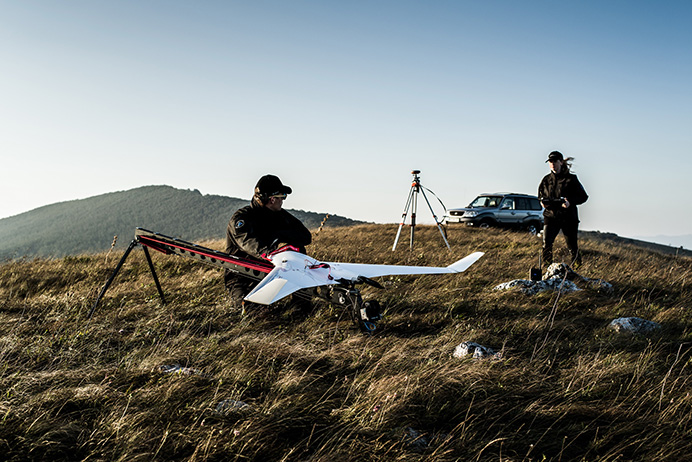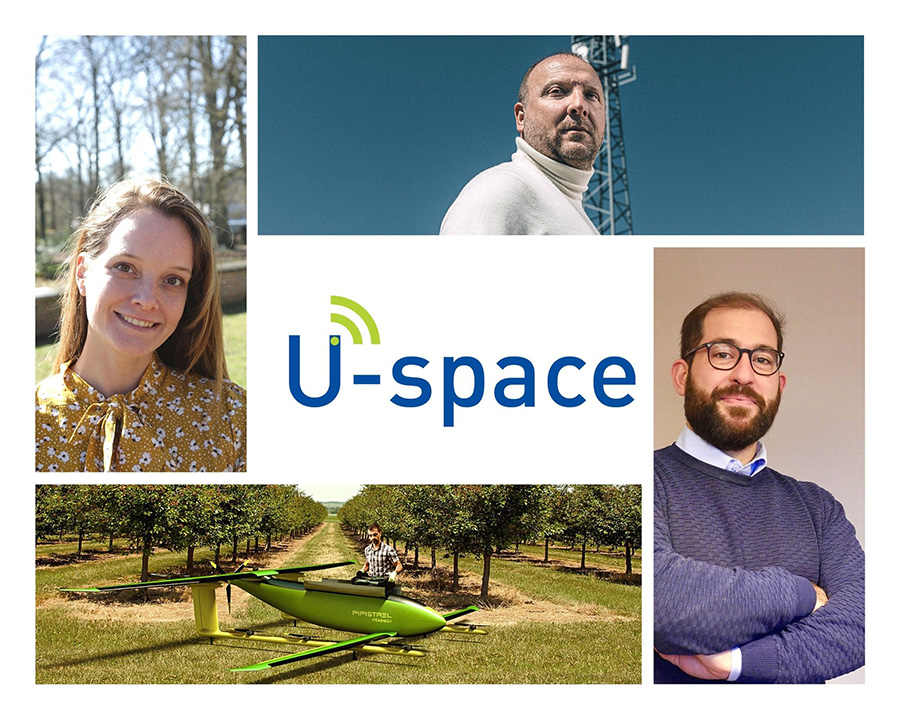Small and medium-sized enterprises (SME) represent about 15% of companies participating in research co-funded by the SESAR Joint Undertaking as part of European Horizon 2020 activity. Ground-breaking programmes such as U-space however are setting new patterns with up to 50% SME participation. The disruptive technology behind this research is sending ripples through the programme, and across the airspace management sector generally.

The U-space portfolio of research within the SESAR JU programme aims to support safe, efficient and secure access to airspace for all vehicles within a digital ecosystem. “By definition, no SME can deliver complete ecosystemic solutions to complex challenges. It takes collaboration or cooperation to achieve this,” says Tine Tomažič, CTO of light aircraft (manned and unmanned) producer Pipistrel. “Programmes like SESAR allow SMEs to form interesting B2B partnerships and be noticed by companies higher-up the food chain. SMEs gain experience – such as demonstrating drone operations in a UTM environment at a major international airport – they would never normally access.”
SME TopView, for example, reports accelerated growth and access to industry insight as a result of its participation in U-space projects such as the Drone European AIM Study DREAMS. “DREAMS has been crucial for TopView’s strategy and growth,” says Business Development Manager Vincenzo Ascione. “It has allowed us to become part of the U-space network. We have built strong and lasting partnerships across the EU resulting in business opportunities and research projects like the Integrated Common Altitude Reference System for U-space ICARUS.”
Yet, despite many improvements to Horizon 2020 mechanisms, participation remains challenging, report SMEs. While the research supports developments that would be untenable for a small entity on its own, the time gap between selection, doing the work and receiving funds can be difficult for a small company. In addition, SMEs can spend months putting proposals together with no guarantee of success. “U-space is a very small world where everybody knows each other,” says Ellen Malfliet. “If SESAR had an incubator of its own - a list of new players – they could push one or two of these tiny shrimps onto existing consortia to help them take their first big steps.” This concept could be expanded to include training and mentoring to help small companies to meet the selection criteria suggests TopView’s Vincenzo Ascione.
All the U-space SMEs found paperwork an administrative burden. “The programmes themselves function a bit in contradiction with how SMEs achieve their best innovation, which happens when there are fewest constraints,” says Tine Tomažič. “If you’re able to forecast almost every step of the journey, are you really innovating or are you simply engineering your future?”

How Horizon Europe addresses this going forward is important because innovation lies at the heart of its research. U-space in particular “needs innovative leaps that come from novel concepts,” explains Marko Peljhan, Co-Founder of UAS producer C-Astral. “SMEs tend to be more holistic in their approach to problem solving since they learn to cover a very wide swathe of competences for their survival and growth. SMEs are sometimes way ahead of the curve.”
Tine Tomažič agrees: “SMEs bring the mindset and agility towards getting things done. Failure is not an option for big companies, for smaller players to partially fail early may mean they reach their overall goals faster. We dare to be bold in our approaches, and we dare to challenge the established.”
In a digital environment increasingly dominated by tech giants, safeguarding the diversity and flexibility brought by SMEs is important in ensuring programmes such as U-space continue to develop building blocks to support future airspace management. U-space enables this to happen by providing the overarching architecture which allows SMEs to deliver their unique value.



